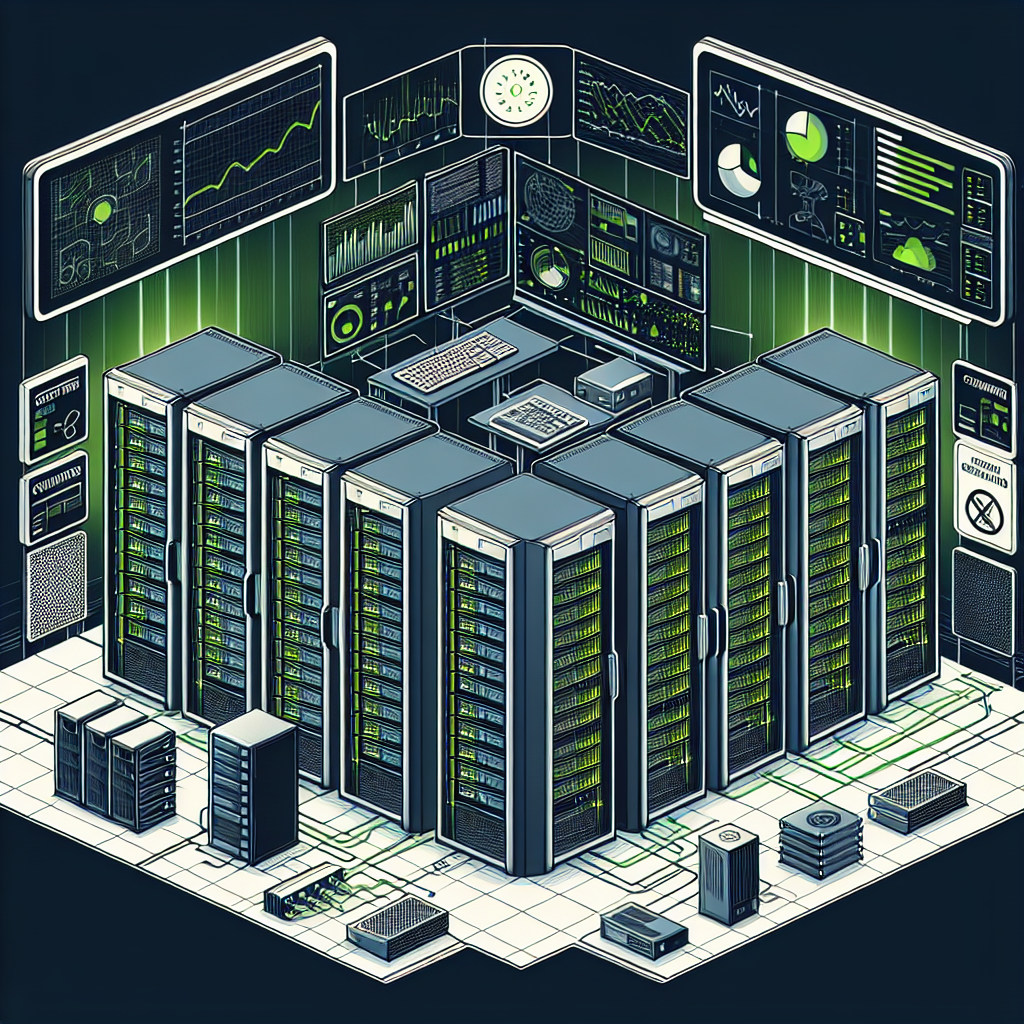Your cart is currently empty!
Best Practices for Implementing a Comprehensive Data Center Monitoring Solution

In today’s digital age, data centers play a crucial role in the operations of businesses and organizations. These facilities house critical IT infrastructure and data that must be monitored and managed effectively to ensure optimal performance and reliability. Implementing a comprehensive data center monitoring solution is essential for ensuring the smooth operation of your data center and preventing costly downtime.
There are several best practices that organizations should follow when implementing a comprehensive data center monitoring solution. These practices can help ensure that your monitoring solution is effective, efficient, and provides the necessary insights to keep your data center running smoothly.
1. Define your monitoring objectives: Before implementing a data center monitoring solution, it’s important to clearly define your monitoring objectives. What specific metrics do you need to monitor? What are the key performance indicators (KPIs) that are most important to your organization? By clearly defining your monitoring objectives, you can ensure that your monitoring solution is aligned with your business goals.
2. Choose the right monitoring tools: There are many monitoring tools available on the market, each with its own set of features and capabilities. It’s important to choose a monitoring tool that is well-suited to your organization’s needs and requirements. Look for a tool that offers real-time monitoring, alerts and notifications, customizable dashboards, and the ability to monitor a wide range of metrics.
3. Monitor all critical components: A comprehensive data center monitoring solution should monitor all critical components of your data center, including servers, storage devices, networking equipment, and environmental factors such as temperature and humidity. By monitoring all critical components, you can quickly identify and address any issues that may arise before they cause downtime or performance degradation.
4. Implement proactive monitoring: In addition to monitoring critical components, it’s important to implement proactive monitoring practices. This includes setting up alerts and notifications for key performance indicators, so you can be alerted to potential issues before they impact your data center operations. Proactive monitoring can help you identify and address issues quickly, minimizing downtime and ensuring optimal performance.
5. Regularly review and analyze monitoring data: Implementing a data center monitoring solution is not a one-time task. It’s important to regularly review and analyze monitoring data to identify trends, patterns, and potential issues. By regularly reviewing monitoring data, you can proactively address any issues that may arise and make informed decisions about the performance and capacity of your data center.
6. Integrate monitoring with other IT systems: To ensure seamless operations, it’s important to integrate your data center monitoring solution with other IT systems, such as ticketing systems, asset management systems, and configuration management tools. By integrating monitoring with other IT systems, you can streamline operations, improve efficiency, and ensure that all IT teams have access to the data they need to effectively manage the data center.
Implementing a comprehensive data center monitoring solution is essential for ensuring the smooth operation of your data center and preventing costly downtime. By following best practices such as defining monitoring objectives, choosing the right tools, monitoring all critical components, implementing proactive monitoring, regularly reviewing and analyzing monitoring data, and integrating monitoring with other IT systems, you can ensure that your data center is monitored effectively and efficiently. With a comprehensive monitoring solution in place, you can proactively address issues, optimize performance, and ensure the reliability of your data center operations.

Leave a Reply